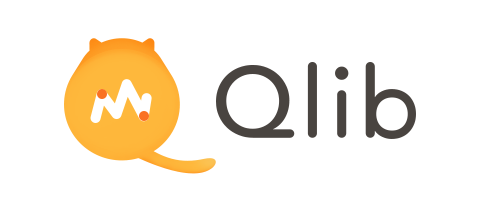Qlib: Quantitative Platform¶
Introduction¶

Qlib is an AI-oriented quantitative investment platform, which aims to realize the potential, empower the research, and create the value of AI technologies in quantitative investment.
With Qlib, users can easily try their ideas to create better Quant investment strategies.
Framework¶
At the module level, Qlib is a platform that consists of above components. The components are designed as loose-coupled modules and each component could be used stand-alone.
This framework may be intimidating for new users to Qlib. It tries to accurately include a lot of details of Qlib’s design. For users new to Qlib, you can skip it first and read it later.
| Name | Description |
|---|---|
| Infrastructure layer | Infrastructure layer provides underlying support for Quant research. DataServer provides high-performance infrastructure for users to manage and retrieve raw data. Trainer provides flexible interface to control the training process of models which enable algorithms controlling the training process. |
| Learning Framework layer | The Forecast Model and Trading Agent are trainable. They are trained based on the Learning Framework layer and then applied to multiple scenarios in Workflow layer. The supported learning paradigms can be categorized into reinforcement learning and supervised learning. The learning framework leverages the Workflow layer as well(e.g. sharing Information Extractor, creating environments based on Execution Env). |
| Workflow layer | Workflow layer covers the whole workflow of quantitative investment. Both supervised-learning-based strategies and RL-based Strategies are supported. Information Extractor extracts data for models. Forecast Model focuses on producing all kinds of forecast signals (e.g. alpha, risk) for other modules. With these signals Decision Generator will generate the target trading decisions(i.e. portfolio, orders) If RL-based Strategies are adopted, the Policy is learned in a end-to-end way, the trading decisions are generated directly. Decisions will be executed by Execution Env (i.e. the trading market). There may be multiple levels of Strategy and Executor (e.g. an order executor trading strategy and intraday order executor could behave like an interday trading loop and be nested in daily portfolio management trading strategy and interday trading executor trading loop) |
| Interface layer | Interface layer tries to present a user-friendly interface for the underlying system. Analyser module will provide users detailed analysis reports of forecasting signals, portfolios and execution results |
- The modules with hand-drawn style are under development and will be released in the future.
- The modules with dashed borders are highly user-customizable and extendible.
(p.s. framework image is created with https://draw.io/)